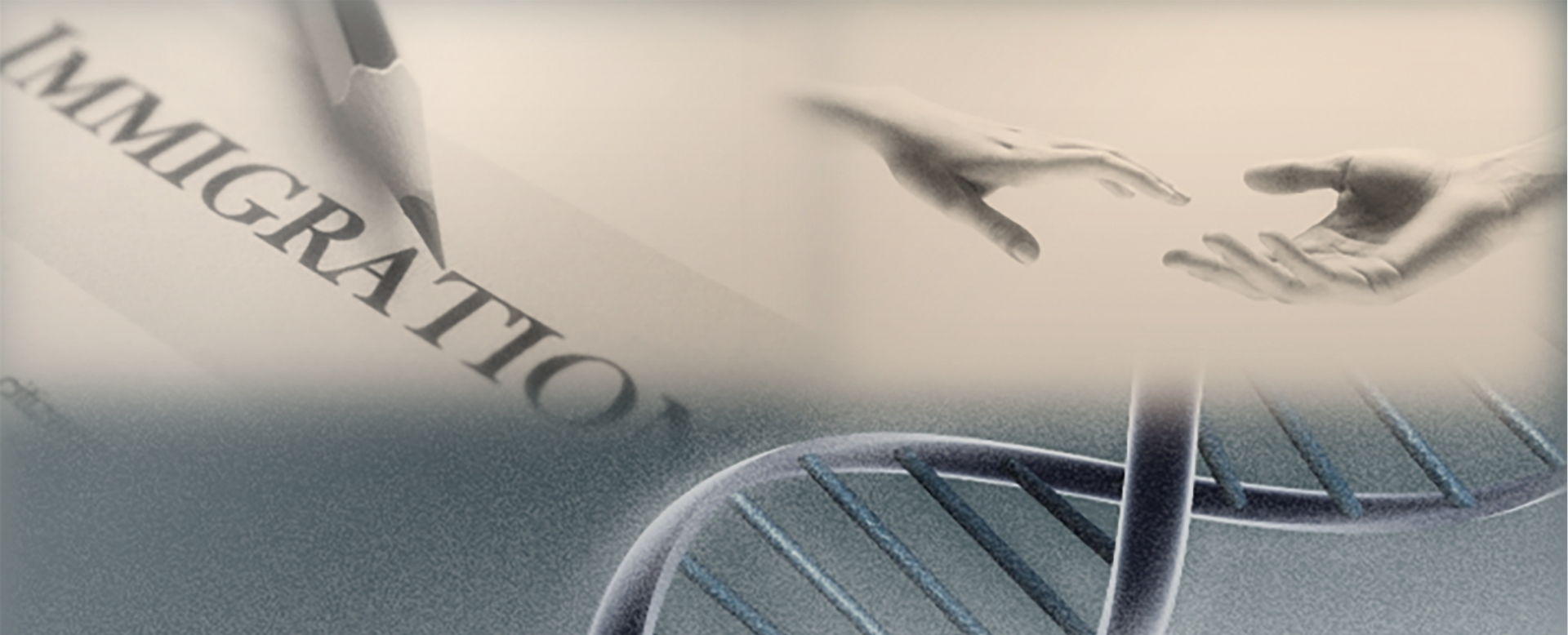This webinar originally occurred on March 14th, 2018
Duration: 1 hour
Overview
DNA analysis allows for testing relationships (kinship) between two individuals in situations that vary from legal immigration to claimed parentage testing. This webinar focuses on the applicability of DNA testing for family reunification.
Biometrics refers to measurable biological or physical characteristics that uniquely identify an individual. The use of biometrics in our world has become commonplace, from fingerprints unlocking your cell phone to iris scans at airport security. However, DNA is the biometric used for unique identification that can provide relationship (kinship) results between two or more individuals. The application of DNA to relationship testing provides an opportunity to: verify familial claims; identify individuals; and reunite families. Current immigration policy in the United States allows the use of DNA comparison for family reunification when validating a biological relationship. However, the opportunity to utilize this biometric is reserved as a last resort in most U.S. family reunification cases. The use of DNA for immigration processes would remove significant barriers and expedite validating familial relationships thus replacing and/or supplementing paper documentation and witness accounts.
Detailed Learning Objectives:
- Define the scope of family reunification as part of immigration policy on a global scale.
- Understand the application and implementation of DNA testing for establishing biological relationships among members applying for immigrant status.
- Identify the key advantages and disadvantages of various policies applied within the countries discussed in this presentation.
Presenter
- Rachael Holderle | Graduate Student at the George Washington University




